What’s better: re-use or recycling?
Most e-waste and computer hardware can be re-used as a whole unit, or in its component parts: It might be possible to re-use the whole unit as it is - whether that is a server, PC, laptop, or other equipment such as monitors.
Or the unit could be re-used, but upgraded with refurbished parts and/or a new hard disk.
Or just the non-data bearing component parts, such as RAM memory, central processing units, heatsinks, graphics and network cards, circuit boards, could be re-used.
The above devices and components contain precious metals which are in short supply in manufacturing. So they are valuable whether they are re-used or recycled. We only have a finite resource of precious metals available to us; so the more we can re-use and recycle, the less our dependence on extracting more raw materials, and the less our impact on the environment.
Many businesses are seeking to make a contribution to the community, or support a charitable or good cause, by donating redundant computer hardware. But on the other hand, businesses have a duty to ensure data is securely destroyed at end of life, and that electrical waste is recycled in safe and sustainable ways.
+ Advantages of Re-Use
- The useful lifespan of a working device can be extended, which reduces energy-intensive manufacturing processes.
- Even if only re-used as component parts, refurbished hardware requires less raw materials, and uses less energy than manufacturing new parts and devices.
- If you can re-use the hardware on-island, you can reduce the carbon footprint associated with export for re-sale.
- Disadvantages of Re-Use
- If you donate your hardware, you might not know whether the next User will recycle the hardware safely when it does reach end-of-life (unless you can audit this, or offer to recycle it for them).
- The carbon footprint associated with export for re-use overseas might be greater than the distance it would otherwise travel for recycling. Also bear in mind the total distance travelled will increase again when it is eventually recycled.
- Older hardware might not be very energy efficient.
+ Advantages of Re-Use
- Older, less energy efficient hardware is taken offline and replaced by more energy efficient technologies.
- Precious metals are fed back into manufacturing. There are shortages of precious metals in manufacturing, so recycling is very important.
- Through Supply Chain Auditing, you can ensure that hardware is not being sent to landfill, or exported to countries ill-equipped to deal with e-Waste.
- Disadvantages of Recycling
- Recycling should be a last resort, after “Reduce and Re-Use” and should not justify a throwaway mentality.
- Hardware might not be effectively, sustainably or safely recycled – depending on which service provider is used. Supply Chain Auditing is very important.
- If a device is being replaced, the replacement device then has to be imported either by the User themselves, or the Retailer.
Data Security
Regardless of whether you intend to donate or sell your hardware for re-use, or recycle it; your first priority needs to be the secure removal of any data stored on or in the device.
This includes data stored on “data carriers” such as:
· Hard Disk Drives (both magnetic and solid state cards)
· USB Sticks and Flash Memory Cards
· Sim Cards and Access Cards
· CD’s and DVD’s
· Tape, film or microfiche
· Asset Tags
Data Sanitisation securely erases data, so that the data carrier can be safely re-used.
Data Destruction is physical shredding process which will obliterate the data carrier completely. Hardware can still be re-used; but it will need a new data carrier installed.
+ Data Sanitisation
There are many different data erasure or reset tools available, which can be freely downloaded online, or downloaded for a small charge. Different erasure tools offer different levels of security.
Data is written onto platters on hard disk drives, in divisions called sectors, and tracks. The computer uses reference tables in order to identify the next available sector and track on the disk. Not all data erasure tools erase data from these address tables, or from other inaccessible tracks on the disk; in which case there is a risk that data can still be recovered after erasure.
Galaxy uses a secure Data Sanitisation Standard known as NIST 800-88 Revision 1. Unlike many data erasure methods, the NIST 800-88 cycle overwrites data on both visible and “hidden” address blocks on the disk, as well as overwriting firmware configurations. The overwrite process is then verified.
Data Sanitisation is commonly used to securely erase hard disk drives, solid state storage, and mobile devices such as tablets and phones.
Note that Data Sanitisation techniques remove the operating system from the device; so the OS will need to be replaced if you want to re-use it or donate it to a good cause.
Alternatively you can re-sell the device without a disk, or with an erased disk without an operating system.
+ Data Destruction
Data Destruction, via degaussing and shredding, can be a very effective method of securely destroyed data; but it does mean that the data carrier cannot be re-used.
Degaussing is a quick process: a magnetic field is used to disrupt magnetic storage, rendering data unreadable. Degaussing can be used on magnetic hard disk drives, and tapes; but is ineffective on solid state memory, which is used in some hard disk drives, USB sticks and SD cards.
But, depending on the field strength of the magnet, degaussing may be ineffective on disks with a very large storage capacity, as the magnetic field cannot penetrate all the layers within the disk. Data carriers that have been degaussed cannot be re-used.
All types of hard disk drives, tapes, USB sticks, SD cards, CD’s and DVD’s can be shredded using industrial strength shredders. The data carrier can be shredded to very small fragment size, to make data recovery impossible. Furthermore, the resulting fragments are mixed with thousands of others from other disks, before recycling; so the likelihood of piecing together the original disk fragments in order to recover any meaningful data is exceedingly slim.
Galaxy can perform data destruction processes on-site at the Customer’s premises, and they are welcome to watch the entire process for their own peace of mind.
So which is better: reuse or recycling?
There are a number of different options to consider when your hardware reaches end-of-life or is due to be replaced.
So here’s a summary:
Option One: Donate the device
If you want to donate your hardware to a good cause, then first ensure that any data has been securely erased or destroyed.
If the hard disk has been sanitised (and the operating system removed), you might want to go the extra mile and also cover the cost of new operating system.
If the disk has been destroyed, you might want to cover the cost of replacing it, and adding a new operating system.
Ideally, donate to a good cause on island to avoid the carbon footprint associated with export for re-use. Ensure that the charity asks us to recycle it at end of life (FOC). If you do want to send the device to a charity oversees, make sure the device will be recycled safely and sustainably at end-of-life by another recycling service, and does not add to the growing problem of e-Waste in developing countries.
Option Two| Recover (or donate) the profit from re-sale
If you don’t want to re-use or donate your hardware – you could recover some profit from the re-sale of non-data bearing component parts. You could then keep the profit, or donate the profit to a good cause.
This might be a better option as neither you, nor the good cause, needs to purchase a new disk or install a new operating system and you can make sure the redundant parts/hardware is safely recycled.
We would be very happy to discuss the different options available; and the different data risks, environmental aspects and CSR objectives specific to your business.
Please get in touch.


